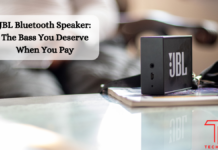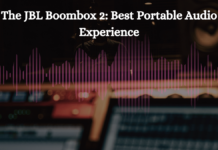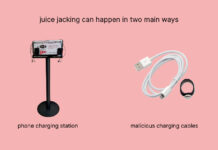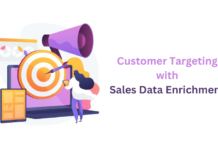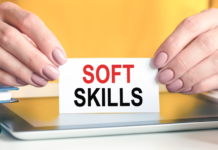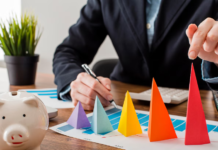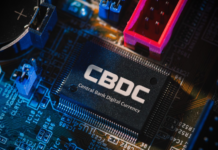Teaching students in the 30 Minute Library Lessons provides an exciting experience for both educator and student. With engaging lessons and activities, library lessons are a great way to spark interest in reading, develop research skills, and learn about technology. From kindergarten through high school, library lessons can be tailored to meet the different levels of students. It is important to find ways to efficiently craft and manage library lessons in 30 minutes or less. Through this article, we will provide tips and strategies on how to craft engaging library lessons for students in only 30 minutes.
What You Can Achieve With Just 30 Minute Library Lessons?
With a limited time frame, it can be difficult to plan a comprehensive library lesson. However, with careful planning and a clear roadmap, 30 minute library lessons can be enough to cover all the basic components of a lesson. Depending on the level of the students, the educator can create a library lesson around key concepts such as exploration, problem-solving, organization, and technology. For example, educators can cover topics such as using library resources to find information, exploring library databases, researching topics, or introducing library technology such as 3D printing.
Tips For Making The Most Of Library Lessons
Library lessons can be made engaging and interactive through a variety of methods. Educators can incorporate hands-on activities, student-led discussions, or student-created worksheets to better understand key concepts. Additionally, providing a time for practical use of resources, such as technology or research databases, can be an effective way to teach discussion points while keeping the students engaged. It is also important to create a lesson plan that is structured and easy to follow. Try to break the lesson into smaller chunks and clearly define objectives to keep students focused and engaged throughout the lesson.
Why Are Short Library Lessons Beneficial?
Short library lessons are beneficial for several reasons. First, they provide teachers the opportunity to cover essential library topics without having to spend too much time on a single topic. Furthermore, teachers can use the lessons to gauge student understanding of different library topics or concepts. Finally, shorter lessons are great for classroom management, as they provide a clear structure and timeline to follow. The time constraints of 30 minutes will allow both teachers and students to remain focused and productive.
Types Of Library Lessons You Can Try
There are various types of library lessons you can try in order to engage students. Here are a few ideas:
- Explore concepts and topics using library databases and search tools
- Create a research project focusing on a specific topic using library resources
- Introduce different Library Services, such as circulation, reference, and tutorials
- Showcase library technology, such as 3D printing and other digital media
- Teach basic library skills like how to find a book in the library catalog
- Discuss library ethics and copyright laws
- Hold a library book talk
- Compose poetry or stories using library materials
How To Have Successful 30 Minute Library Lessons?
When crafting a 30 Minute Library Lesson, it is important to have a clear idea of what you want your students to learn and how. Begin the lesson by introducing the concepts and then provide clear objectives. Ask questions throughout the lesson to ensure that the students are engaged. Incorporate activities that appeal to different learning styles and keep the class focused. At the conclusion of the lesson, review the concepts and summarise what was learned.
Strategies For Getting The Most Out Of Library Lessons
Some strategies you can use to get the most out of library lessons include:
- Keep technology central: Incorporate technology into the library lesson to engage students and make lessons more interactive. This can include introducing library software, online databases, 3D printing, or virtual reality platforms.
- Set benchmarks: Clearly define the goals of the lesson and how students can measure their progress. This will help ensure that each student is working towards a single goal and that progress is being made.
- Inspire creativity: Offer activities that challenge students to think creatively and develop their problem-solving skills.
- Ask for student feedback: Make sure to incorporate students’ feedback and input when adapting and creating library lessons. This will ensure that they feel their voices are heard and that the lessons are tailored to their interests.
Managing Time Effectively In Library Lessons
Time management is crucial to making the most of library lessons. Begin by setting clear objectives and time frames for each segment of the lesson. Set aside time for the students to practice and work on their own, as this will help keep them engaged and will provide an opportunity to review the material. If the lesson is too long, consider breaking it into two or more segments. Also, have a backup plan in the event that you require additional time.
Conclusion
Library lessons provide an excellent opportunity for teachers to engage students with literature, technology, and research skills. With careful planning and strategies, educators can create fun and interactive library lessons that students will enjoy and learn from. Follow the strategies outlined in this article for crafting engaging library lessons in 30 minutes or less.

